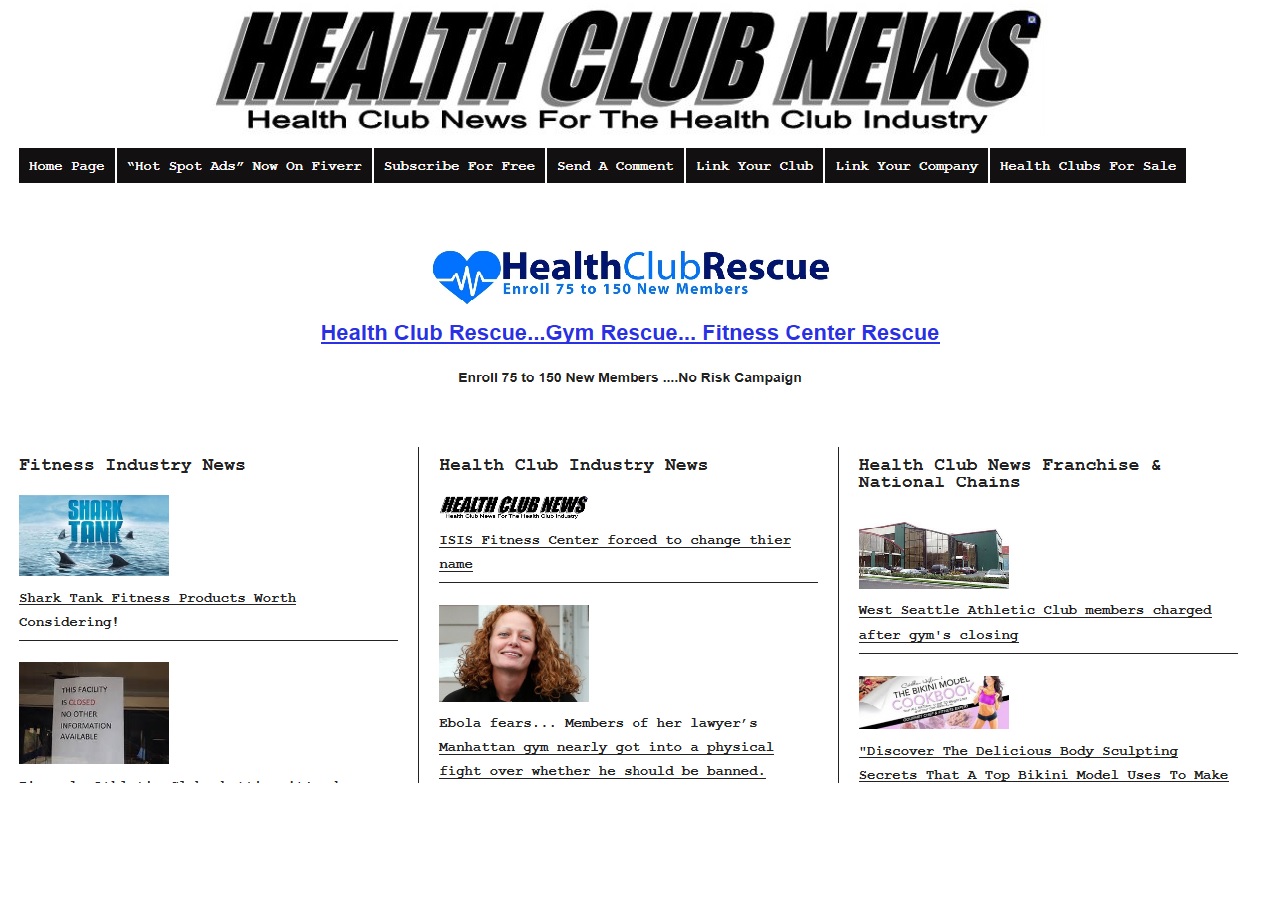Ripped Zone Training.….Blue zone heart rate indicates that your body is drawing the majority of its energy from the aerobic energy system. The intensity is low enough that your breathing is controlled and there is no burning sensation in your muscles. Zone 1 is utilized during the warm-up, rests and cool down.
Energy System: Mostly aerobic
In Zone 1, I feel: Like I could continue at this intensity for an hour without a problem
Green zone heart rate also indicates that your body is drawing a majority of its energy from the aerobic energy system. The difference between blue zone and green zone is a slight increase in intensity. Green zone is utilized during steady state periods and recovery.
Energy System: Mostly aerobic but drawing some energy from anaerobic system
In zone 2, I feel: Like I could continue at this pace for an hour without a problem. I am sweating lightly now and my body feels warm.
Orange zone heart rate starts to bring us closer to your anaerobic threshold. This is the point of exercise where the intensity reaches a point where energy produced by the aerobic system is not able to keep up with the demands needed. The anaerobic system is able to produce energy immediately but is less efficient and has a byproduct of lactic acid and carbon dioxide (muscles burn and breathing becomes labored). In the orange zone, you will feel uncomfortable but it is here, at this intensity that changes begin to occur in the body. Depending on your level of fitness, you will be limited to how long you can continue at this intensity.
Energy System: Primarily anaerobic with some aerobic
In Zone 3, I feel: Like my muscles are burning and my breathing is labored. I am not able to keep this up much longer.
Red zone heart rate should only be used by advanced participants. At this level of intensity, heart rate response is slower and it is much harder to maintain the intensity. In this zone, you will be very uncomfortable and muscle burn and or breathing is at a high level.
Energy System: Mostly anaerobic with little to none aerobic
In Zone 4, I feel: Like there’s no way I can continue this pace/intensity longer than 10-30 seconds. I don’t like my coach.
Heart Rate – The number of times your heart beats in 60 seconds
Resting Heart Rate (RHR) – The number of times your heart beats in 60 seconds. This measurement is most accurate when taken first thing in the morning or when taken after sitting or lying down for 10-15 minutes.
Target Heart Rate (THR) – This term usually denotes the number of times your heart beats at steady state exercise.
Maximum Heart Rate (MHR) – The maximum number of times the heart beats in 60 seconds time during all out exertion. This number varies from person to person. Most people will never reach their maximum heart rate in their life time.
Heart Rate Reserve (HRR) – The difference between HRM and RHR
Steady State Exercise – This is the point when your body has become the most efficient during exercise. Most of the fuel utilized during steady state exercise is derived from the aerobic system and combines a high percentage of calories from fat.
Anaerobic Threshold (threshold or AT) – The point during high intensity exercise where a higher percentage of energy is derived from our anaerobic system resulting in a build up of lactic acid in the blood stream.
Heart Rate Monitor – A device that measures heart rate via a transmitter and a receiver (chest strap & watch).
Cardio – Generally a slang term short for ‘cardiovascular’. Refers to continuous activity at an elevated heart rate.
Cardiovascular System – The cardiovascular system is composed of the heart, blood vessels, or vasculature, and the cells and plasma that make up the blood. The blood vessels of the body represent a closed delivery system, which functions to transport blood around the body, circulating oxygen, carbon dioxide, nutrients, hormones and waste




